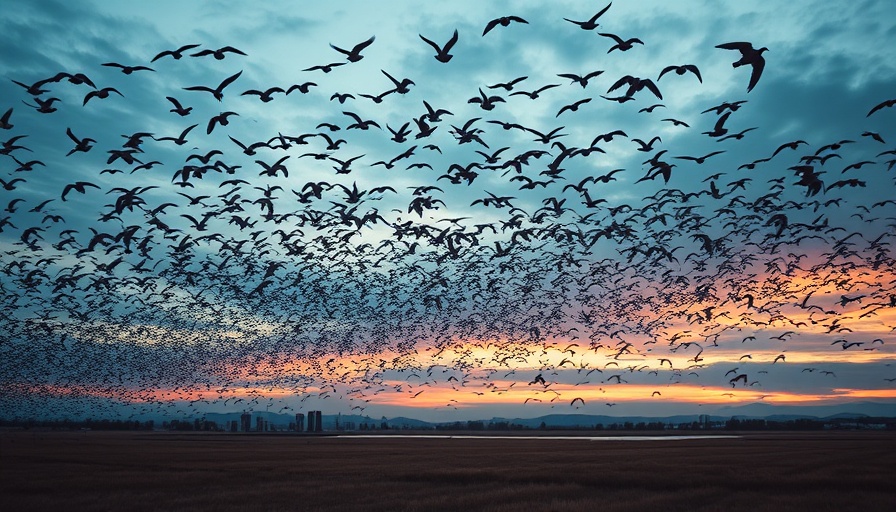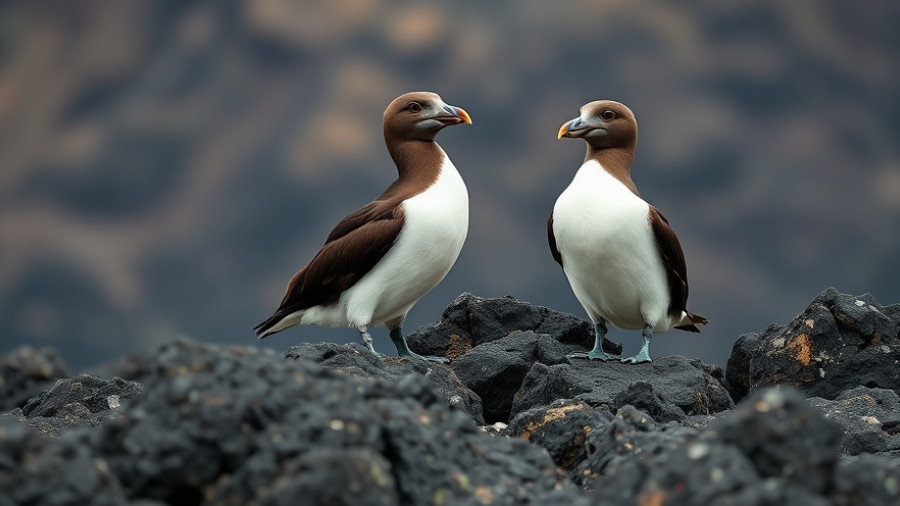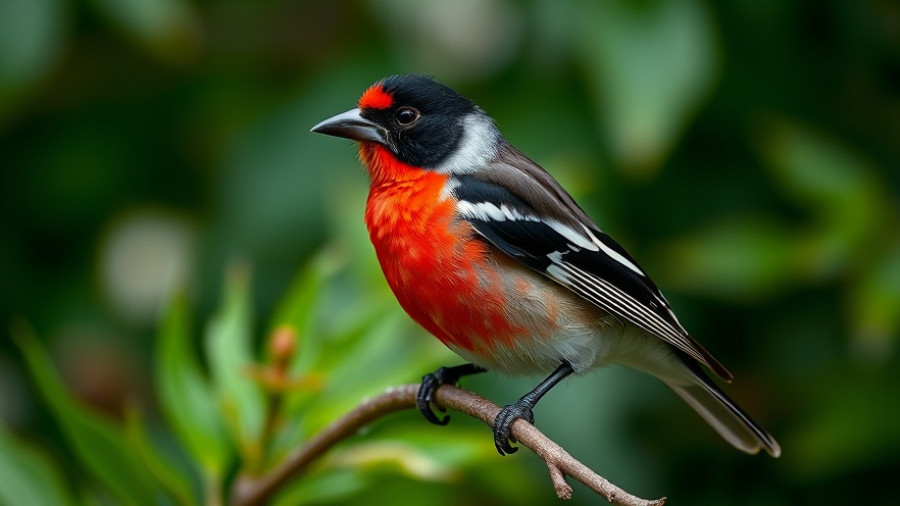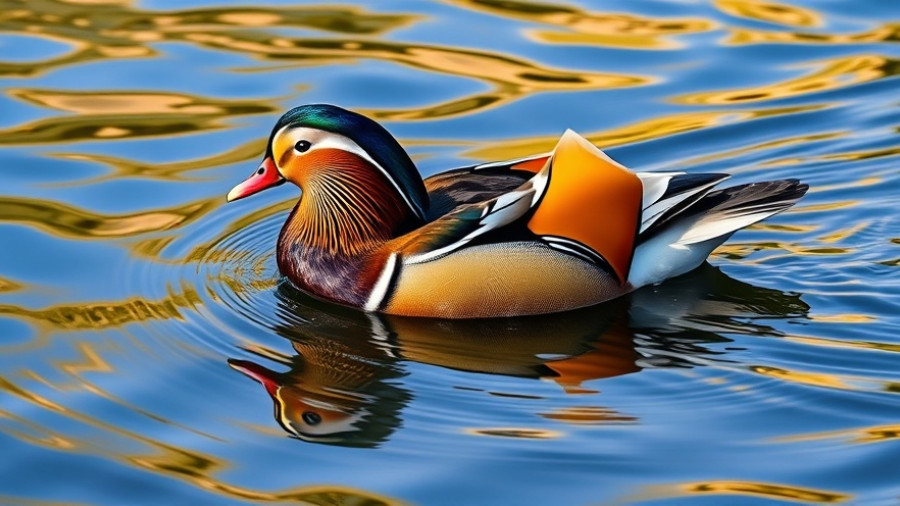
Elevate Your Nature Experience: Watch Clouds Like You Watch Birds
When gazing at the sky, many of us find we are not just looking for avian flight patterns but also enjoying the fluffy formations that accompany them. In the same way that bird-watching enthusiasts have their guides, cloud watchers now have the Cloud Atlas. This resource, akin to a birding handbook, documents various cloud types, enhancing our appreciation for the ever-changing sky.
Clouds: More than Just Sky Decorations
Clouds often serve as a picturesque backdrop for birds in flight. They invite us to reflect on their shapes and the stories they tell. In 2017, a significant addition to this narrative was the asperitas cloud, officially recognized by scientists after years of grassroots advocacy. This not only highlights the collaborative nature of scientific discovery but also emphasizes the beauty of citizen science.
Unveiling the Fascinating World of Cloud Watching
By learning to identify various cloud types, enthusiasts can deepen their enjoyment of both bird and cloud watching. Recognizing whether geese soar beneath a stratus or nimbus cloud brings a new level of engagement with nature. This knowledge transforms what might seem like a passive activity into an interactive experience, celebrating both the art and science behind the clouds.
Community in Cloud-Watching
Much like birdwatching communities, cloud watchers can share their experiences and discoveries. Engaging in this hobby can lead to a deeper appreciation of our environment and foster connections with others who share similar interests. Using tools like the online Cloud Atlas, nature lovers can build a community based on shared knowledge and exploration.
In conclusion, embracing cloud-watching with the same enthusiasm and curiosity as bird-watching can significantly enrich your outdoor experiences. By recognizing and understanding the various cloud formations, we not only enrich our knowledge of nature but also deepen our appreciation for the skies above us.
 Add Row
Add Row  Add
Add 




Write A Comment